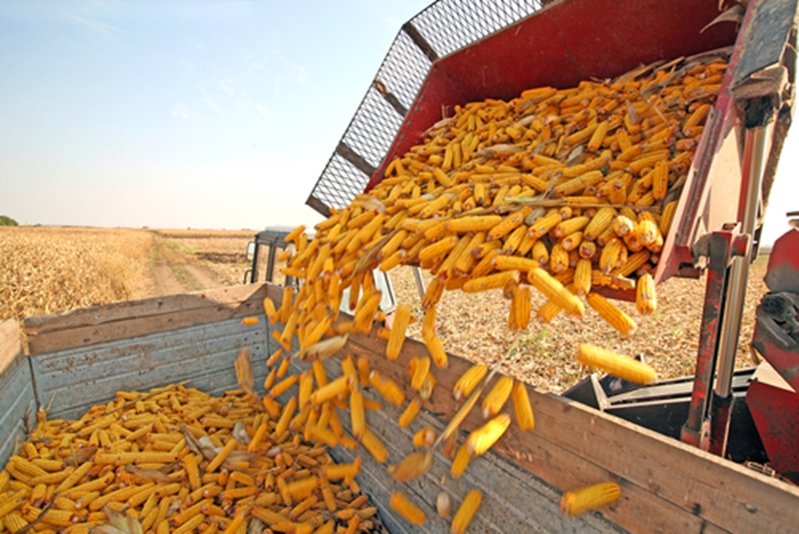11 May 2015
Managing risk is a regular part of running a farm. From the beginning and end of a season, farmers make calculated assessments regarding their crops. How much will they yield this year? What weather conditions will impact their profits?
Farmers may incur financial losses if potential hazards go unnoticed. For example, what if a river floods and washes out two hectares worth of crops? Considerations such as this have prompted many farmers to obtain crop insurance.
21 per cent of grain crops were lost to invertebrate pests in 2013.
Aside from procuring cover, there are ways to identify crop loss risks and take measures to decrease them.
Know your pests
CropLife Foundation's Crop Protection Research Institute noted that among Australia's six most important grain crops - barley oats, wheat, canola, lupins and grain sorghum - 21 per cent of them were lost to invertebrate pests in 2013. This amounts to approximately $1.7 billion in losses.
Knowing what sort of pests a farmer has contended with in recent years can help him or her select pesticides that are effective against those species.
Conduct research on pesticides
After farmers learn about the type of pests they're up against, they need to research the insecticides and other chemicals they intend to use. The Australian Department of Health noted every pesticide label must contain the following information:
Assessing this data informs farmers how to protect themselves, employees, farm visitors or customers.

Be wary of herbicides
According to Victoria's Department of Environment and Primary Industries, some herbicides can stay active for years. While this may suppress weed growth, it can damage the crop itself.
Understand the coverage plan For instance, chlorsulfuron, which is used to kill weeds growing in wheat and barley fields, can damage legumes and oil seeds. Improper application of this chemical may negatively impact a farmer's seasonal yield.
The points detailed above all involve conducting research. The more a farmer knows about his or her farm, the better he or she can defend its yield.
Generally speaking, insurance can cover those who lost crops due to natural disasters, but this may not always be the case. Every package is different, and it's important for farmers to speak with their providers to fully understand what kind of protection they're receiving.